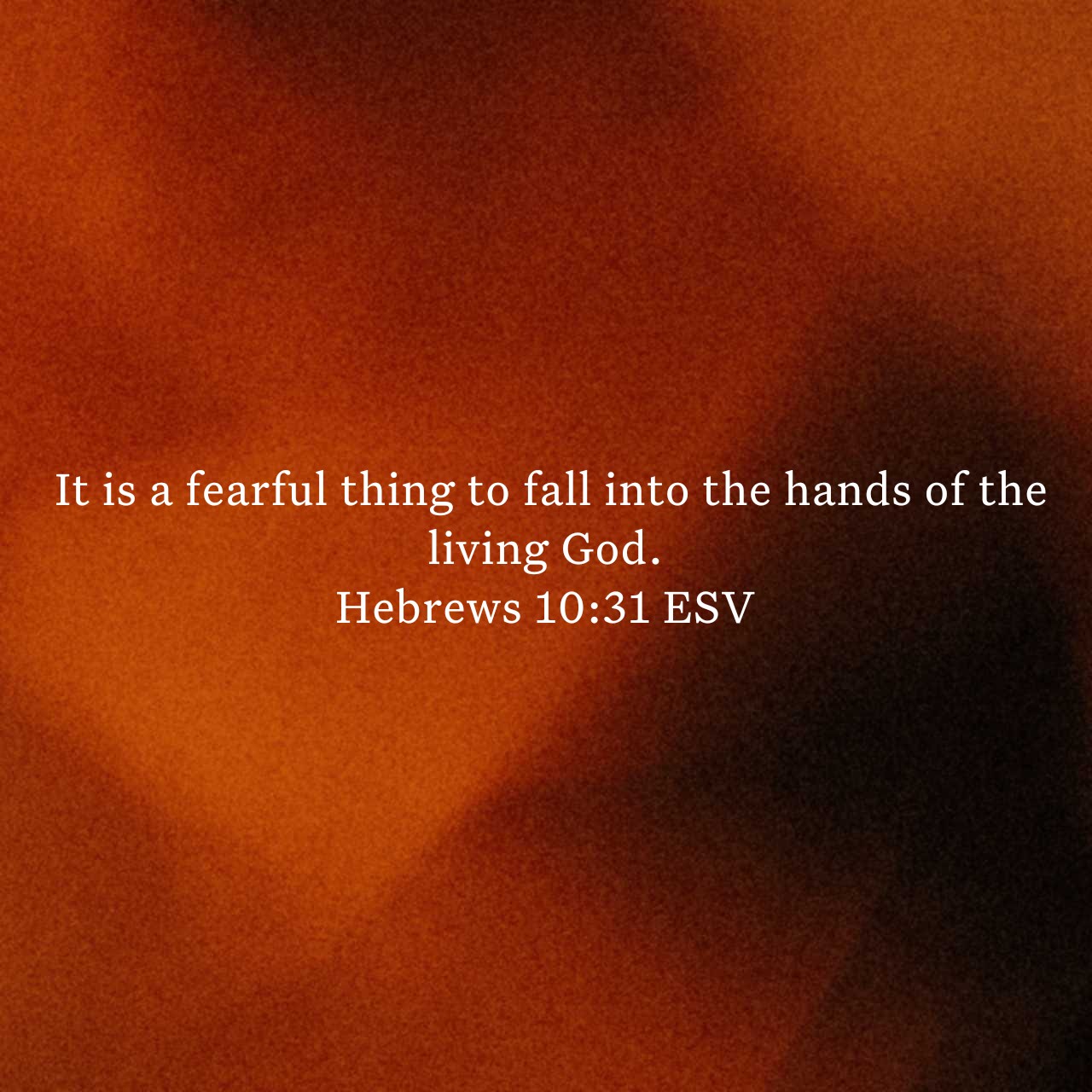Devotional 11 July 2025

The writer of Hebrews has been issuing one long, passionate plea: enter into the new covenant while there is still time. Jesus, the once-for-all sacrifice, has opened the way to God through His own body. The veil is torn. The door is open. But it will not remain open forever.
As he nears the climax of his argument, the tone sharpens. He is not merely instructing—he is warning. The “Day” is drawing near. What day? The text doesn’t explain, because the readers already knew. It was the Day of the Lord—a day of judgment. They could see it approaching: not in the clouds, but in history. Jesus had foretold it in Matthew 24: within that generation, judgment would come upon Jerusalem. And it did. The temple was destroyed. Not one stone was left on another. The old covenant, with all its symbols and sacrifices, was brought to a fiery end.
The writer’s message is urgent because judgment was imminent. But the warning echoes forward. Jerusalem is not only a place, it is a parable. It reminds us that God takes covenant seriously. To trample on the Son of God, to spurn His blood, to insult the Spirit of grace, is to reject the only sacrifice that saves. There is no other. Yet in this severe warning is deep encouragement. If judgment was visible then, how much more should we see the beauty of the new creation now? We are His people, citizens of a kingdom that cannot be shaken.
So while it is still called “today,” let us encourage one another. Let us not neglect Christ or each other. Jesus is alive, and for those who enter in with Him, it is life, peace, and joy.
But for those who refuse, “it is a fearful thing to fall into the hands of the living God.”